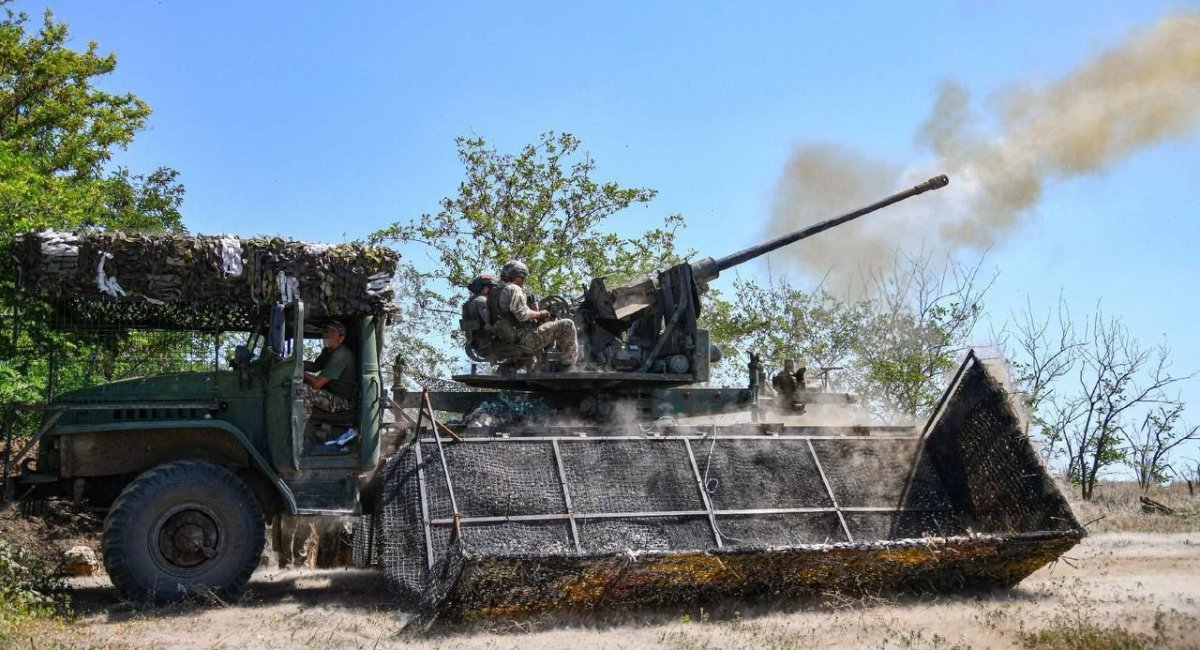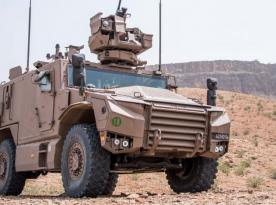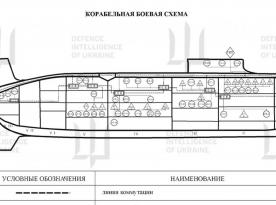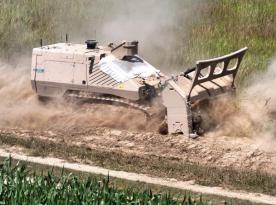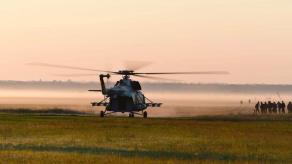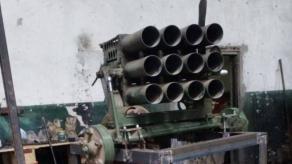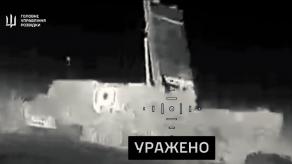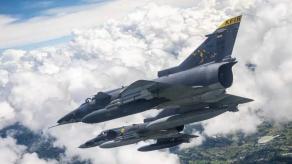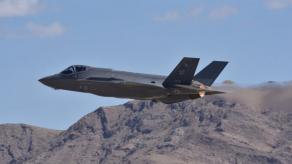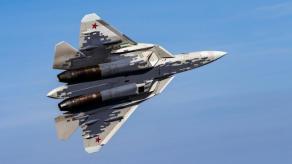Recent post from a russian military-themed community features another example of unconventional defense equipment, most likely deployed in the Ukrainian warzone. Mounted on a truck, an S-60 anti-aircraft gun is outfitted with a retractable counter-drone enclosure, effectively turning it into a convertible-style vehicle.
The cage serves as a protection against drone attacks which have become a dominating force on the modern battlefield. Both Ukrainian and russian forces employ special wire nets or so-called "cope cages" on their armored and soft-skinned vehicles, artillery systems, and everywhere they can to avoid direct impact and minimize the damage.
Read more: Ukraine Created Anti-Drone Protection For Caesar Howitzers — Does It Actually Work?
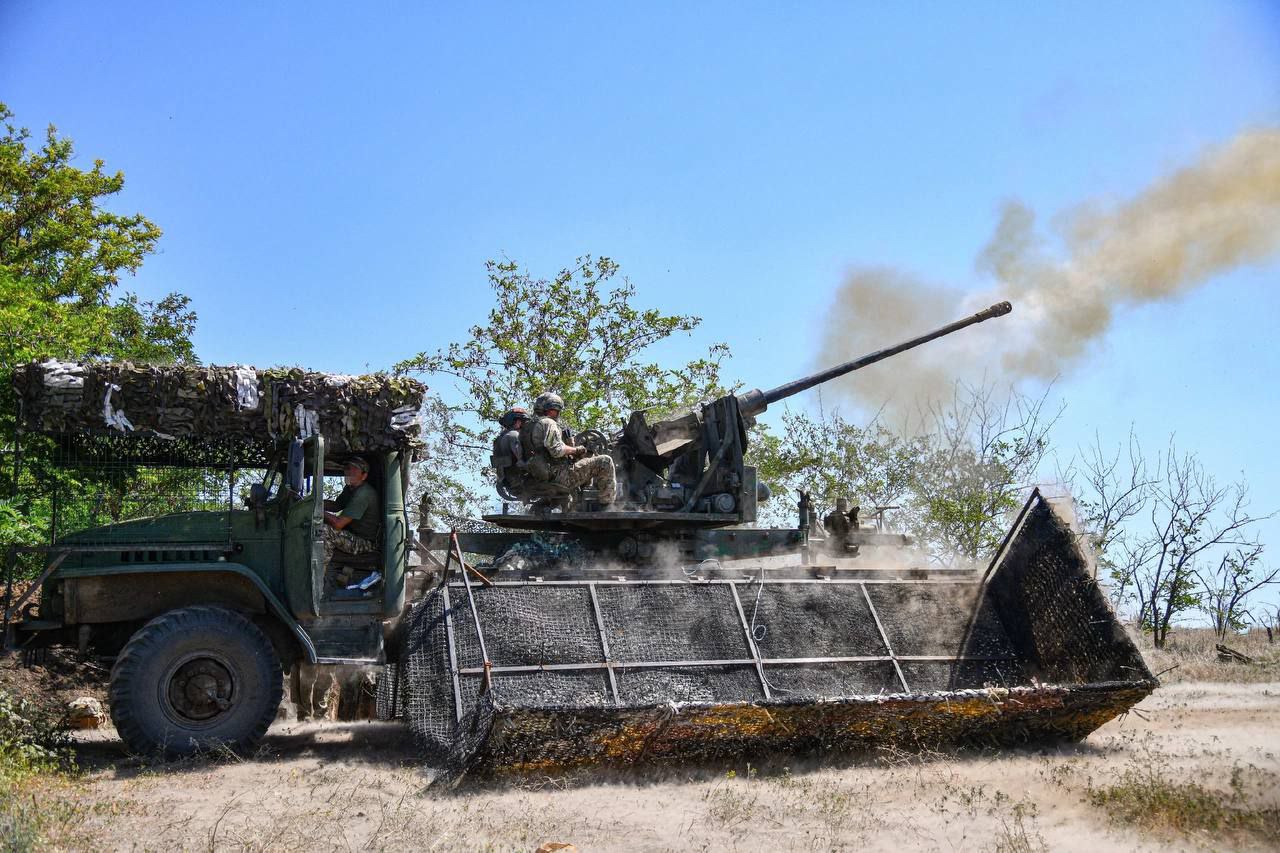
Back to this particular case, the featured gun truck's anti-drone protection concept has its drawbacks. For one, the cage must be dropped for firing, so the unit is only protected while on the move from one position to another.
Also, while the gun is in relative safety, the cabin remains exposed from the sides, only shielded from the front and from above. If intercepted in transfer, one accurate drone hit to the door can take it out, even without the need to destroy the weapon part.
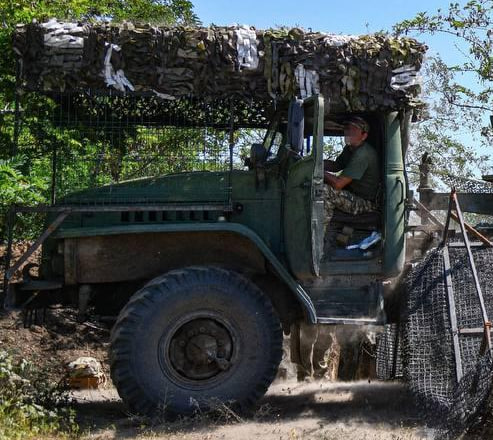
It reflects the logic that the S-60 cannon is much more valuable than the chassis or the personnel that usually travels inside the cabin. If those are targeted, they can always re-mount the gun onto a different platform.
As mentioned earlier, Ukrainian forces use slat armor solutions for anti-drone cover, too. However, the focus is usually on saving the crew and beefing up the cabin. For this purpose, the compartment is fully enclosed, saving the lives of people traveling inside.

Another detail worth noting is that Ukrainians also use gun trucks with S-60s for air defense and whatnot, so learning from russian mistakes can prove valuable.
Addressing the vulnerability of the cannon while in firing mode (stationary position) is another challenge. It's complicated by the S-60's short range which makes it reachable for most FPV and bomber drones. So it would make sense to develop a design that allows the weapon to remain protected even when shooting.
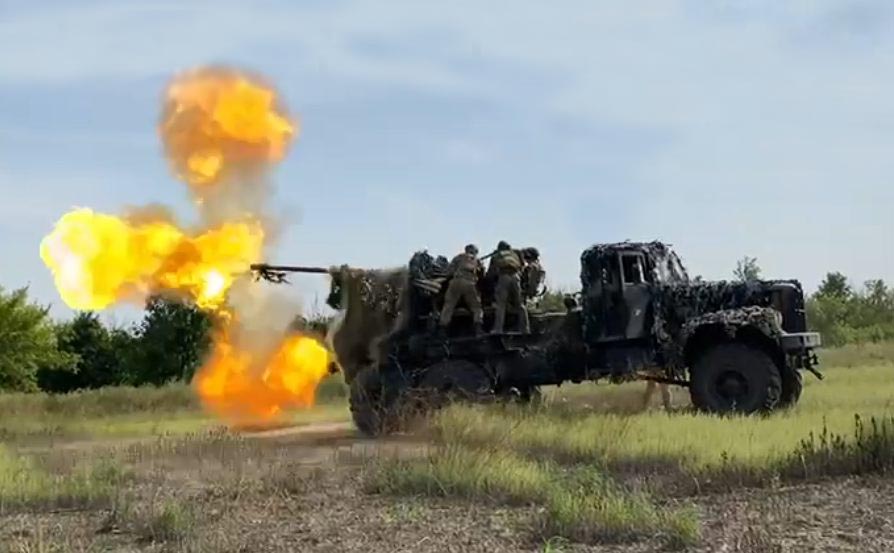
For example, by using a larger full-body structure, that keeps both gun and cabin inside yet can rotate with the turret.
Surely, it won't shield from fragmentation and will most certainly degrade the vehicle's mobility but it's a price that must be paid for safety. Theoretically, the issues could be fixed by additional, more complex armoring methods and mechanized parts but that would be too much for a typical gun truck to scale into a standard solution.
Read more: Why Ukraine Needs the French Celeris Armored Vehicle Chassis and What Could Be Built on It



